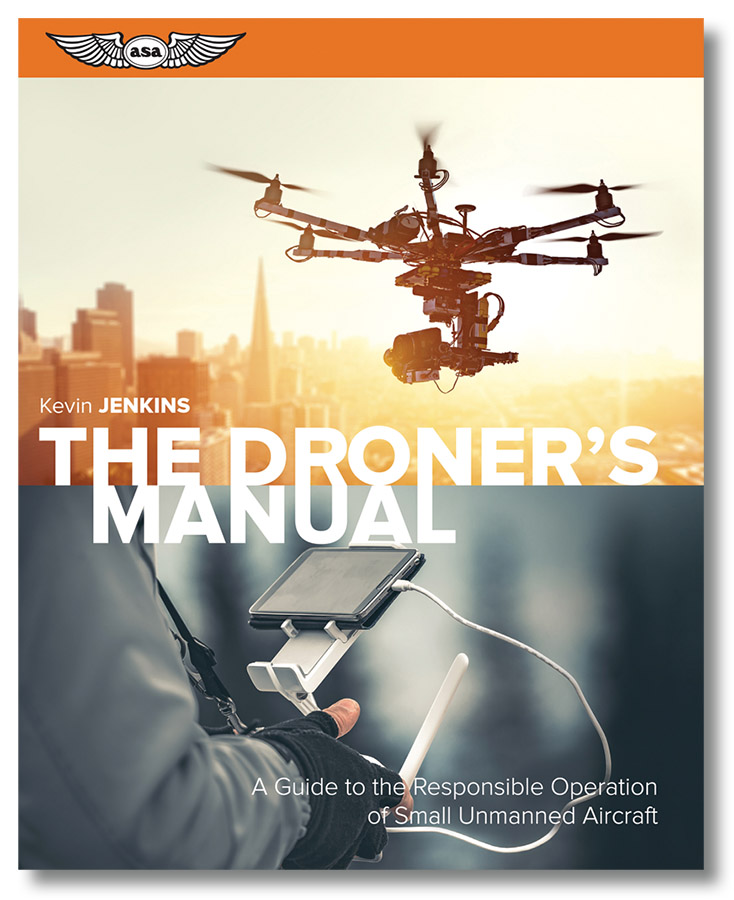Monday’s post touched on the topic of aerodynamics, specifically drag. As you can imagine, drag is an extremely crucial part of flying and also one of the four forces acting on an aircraft in flight (Thrust, Drag, Weight, Lift). Today I want to briefly cover and test your knowledge on the two types of drag: parasite and induced. If you have not yet read Monday’s post I would suggest you do so prior to continuing with today’s CFI Brief, all the answers to these question can be found within that post.
Let me start off by posing the question, what is parasite drag?
Parasite drag is the resistance of the air produced by any part of an airplane that does not produce lift (antennae, landing gear, etc.). Parasite drag will increase as airspeed increases. For example, if you were to throw both a coffee cup and baseball through the air, the baseball would create less parasite drag because it’s shape is more aerodynamic then a coffee cup. The faster you throw each of those objects the more parasite drag they would produce.
What is induced drag?
Induced drag is a by-product of lift. In other words, drag is induced as the wing develops lift. The high-pressure air beneath the wing, which is trying to flow around and over the wing tips into the area of low pressure, causes a vortex behind the wing tip. This vortex induces a spanwise flow and creates vortices all along the trailing edge of the wing. As the angle of attack is increased (up to the critical angle), lift will increase and so will the vortices and downwash. This downwash redirects the lift vector rearward, causing a rearward component of lift (induced drag). Induced drag will increase as airspeed decreases.
The figure below is a common one in which you will see throughout your pilot training. It will help you visualize the relationship of airspeed to both parasite and induced drag, resulting in total drag from the two.

1. What are the three types of parasite drag?
a. Induced, Form, and Skin Friction
b. Form, Interference, Skin Friction
c. Interference, Induced, and Form
2. What is an example of interference drag?
a. The intersection of the wing root to the fuselage.
b. The wing creating lift.
c. The rough surface of the wings.
3. As airspeed decreases induced drag
a. remains the same.
b. will decrease.
c. will increase.
ANSWERS
- Answer choice B is correct; form, interference, and skin friction are the three types of parasite drag.
- Answer choice A is correct. If you choose answer B this would be an example of Induced Drag. Answer choice C while it is parasite drag would better fall under the category of skin friction.
- Answer choice C is correct. Remember induced drag is a byproduct of lift, as the aircraft slows the wings will need to produce more lift to maintain altitude.





